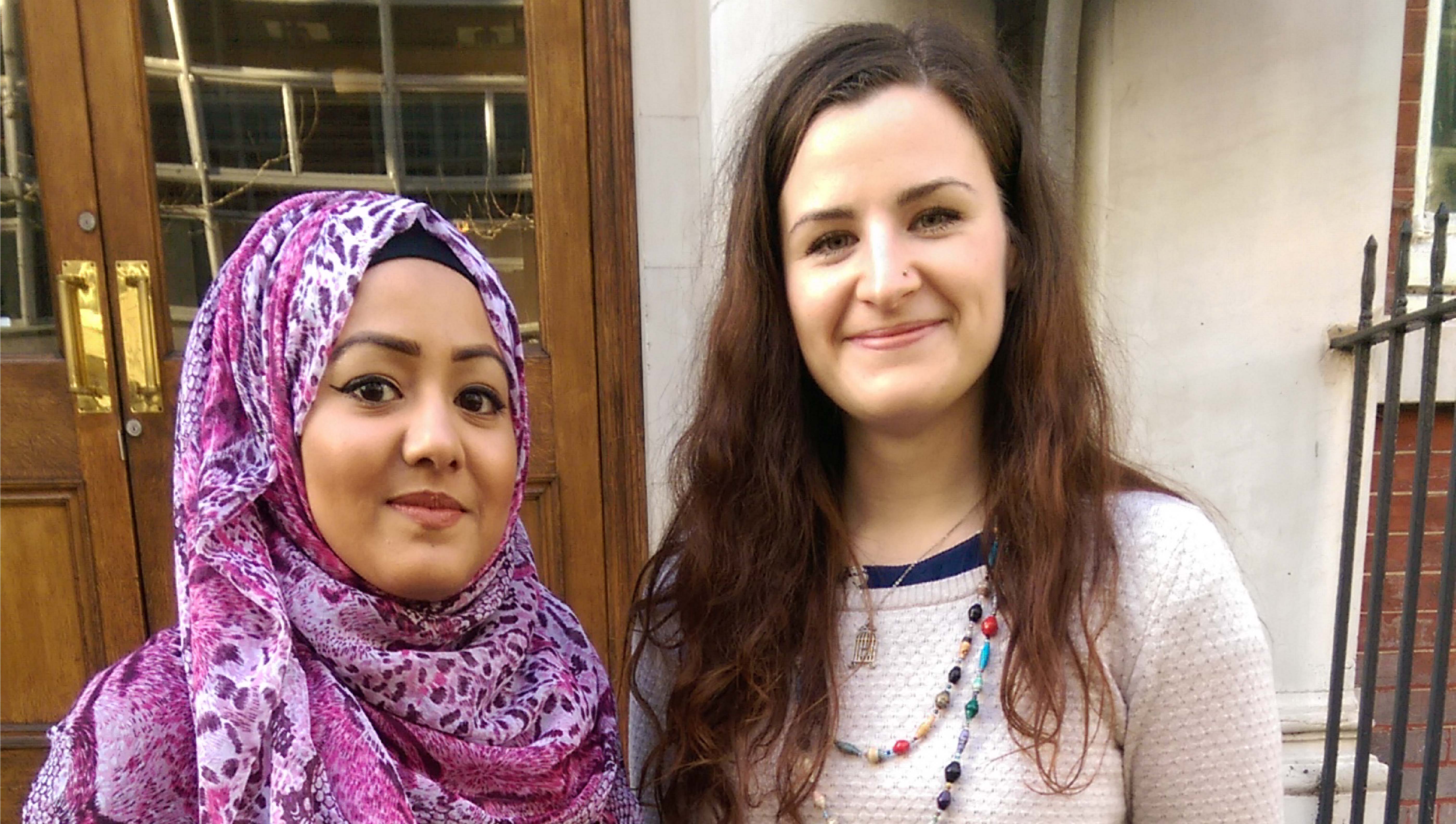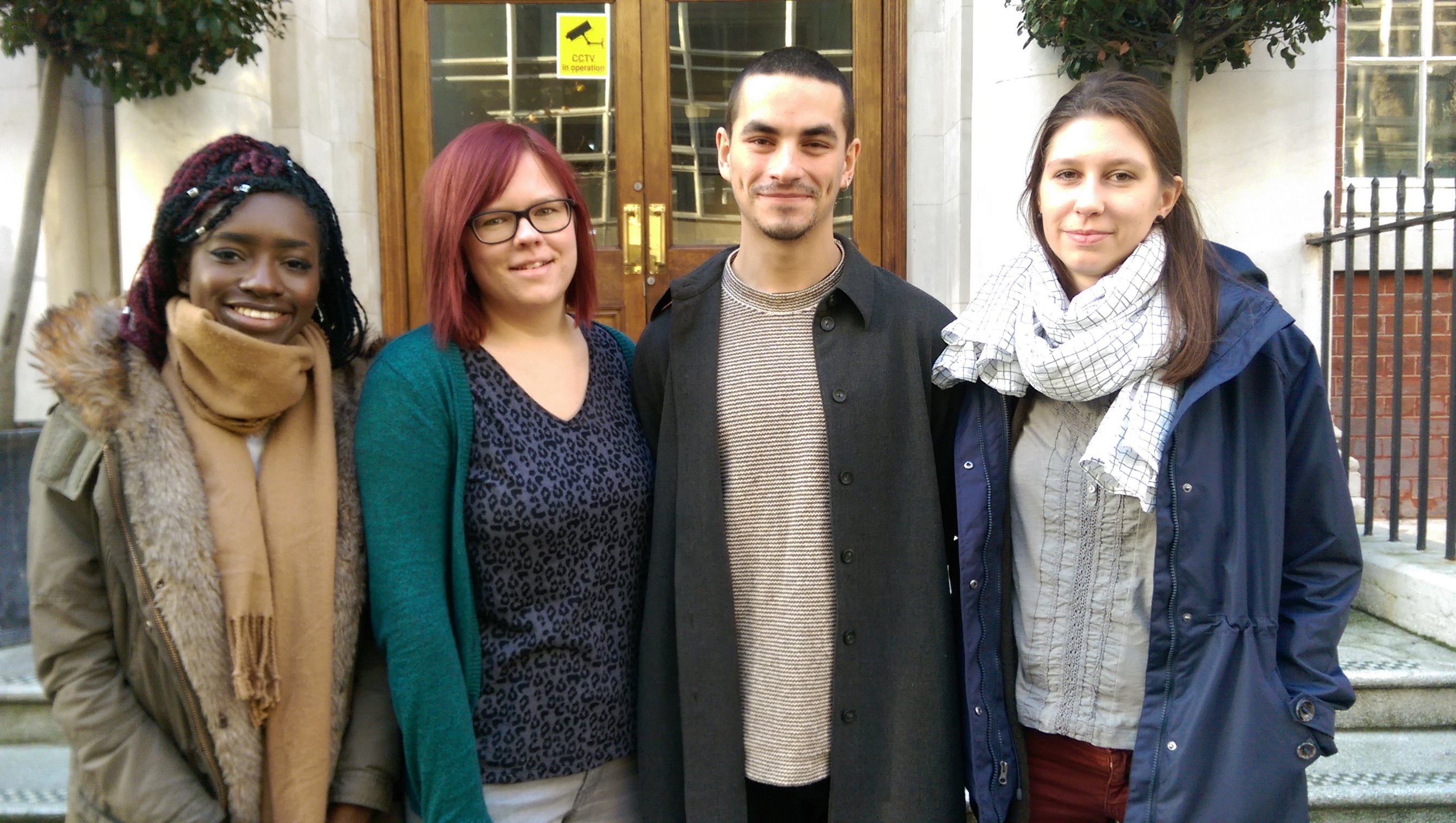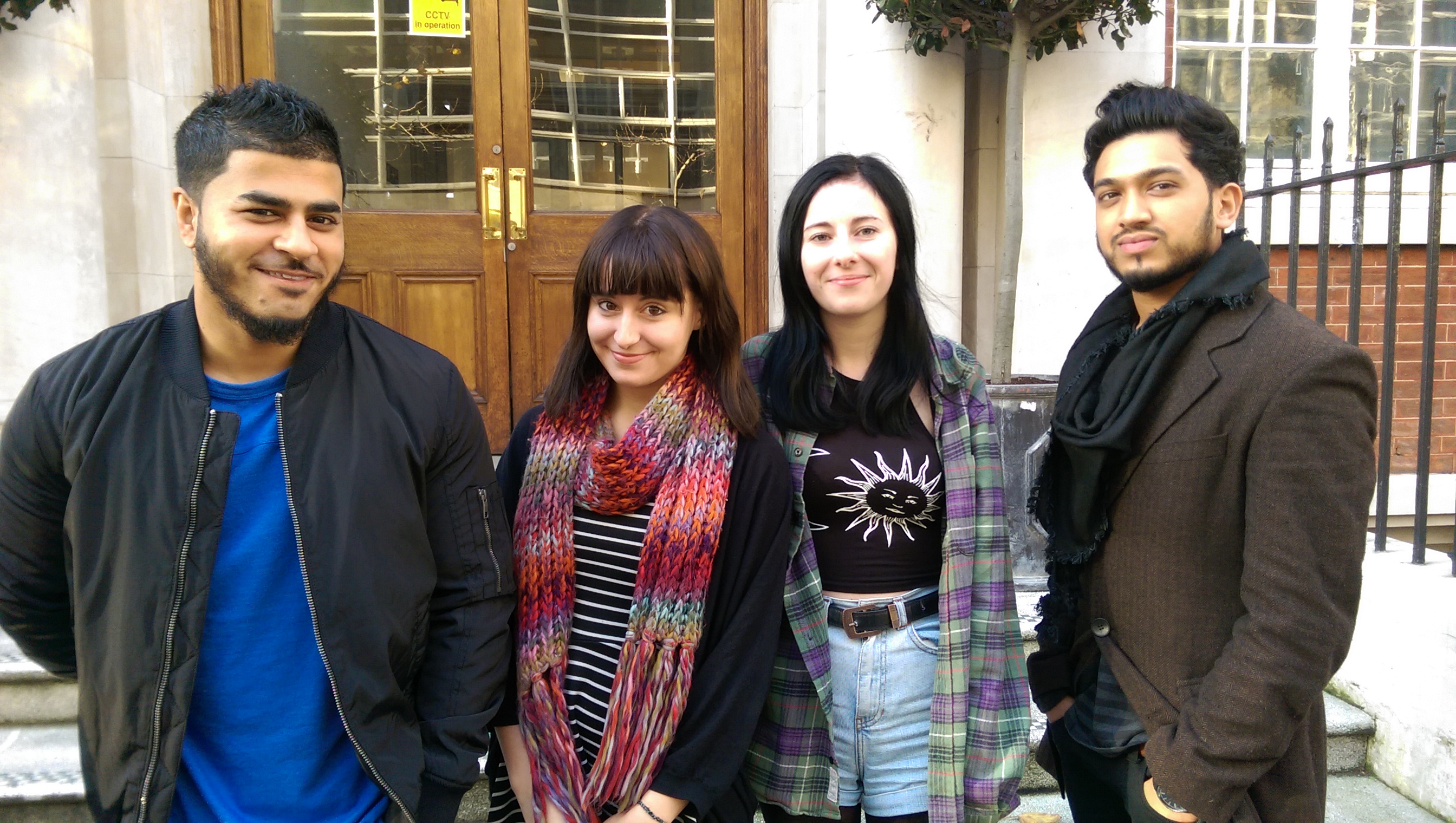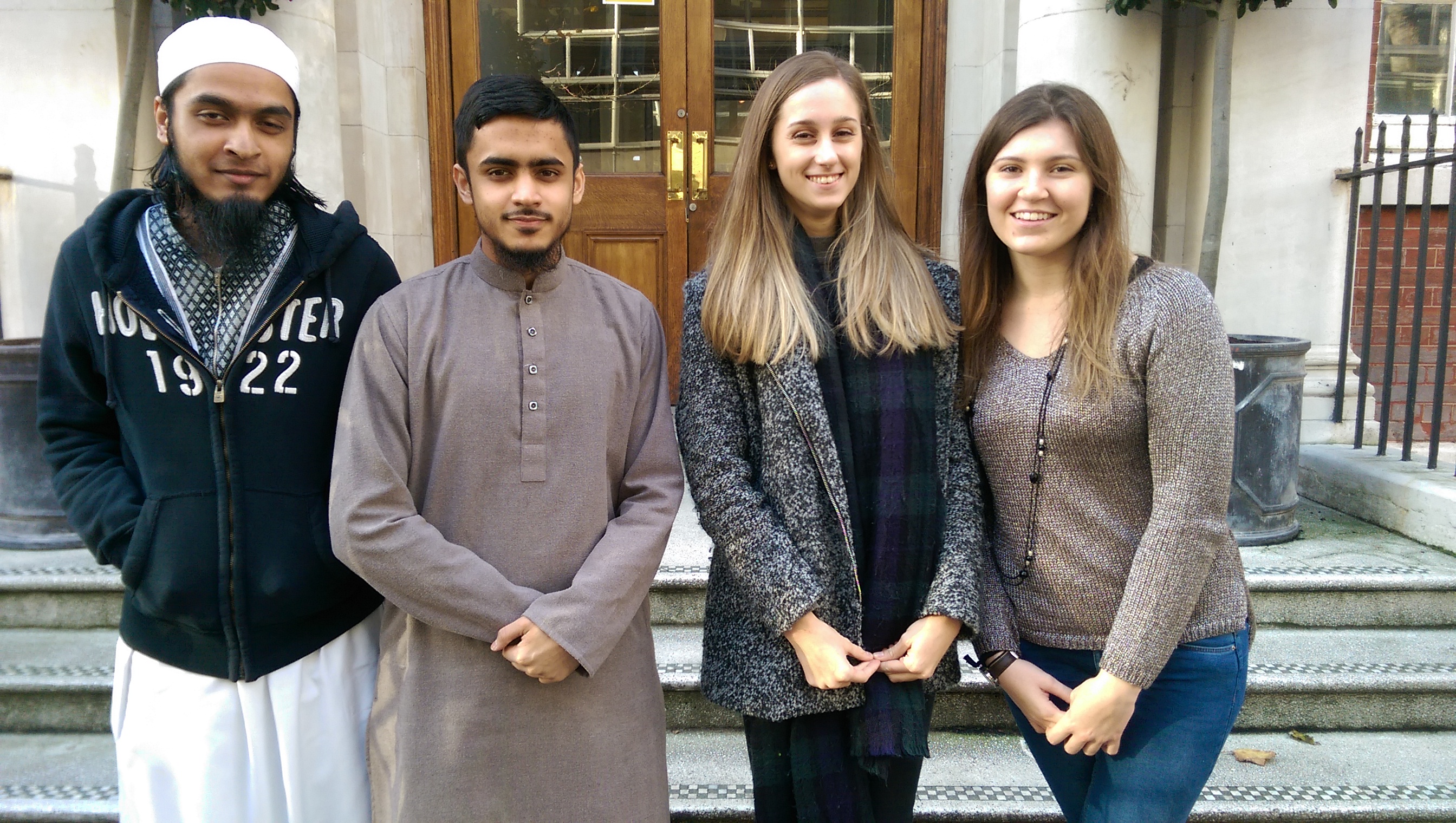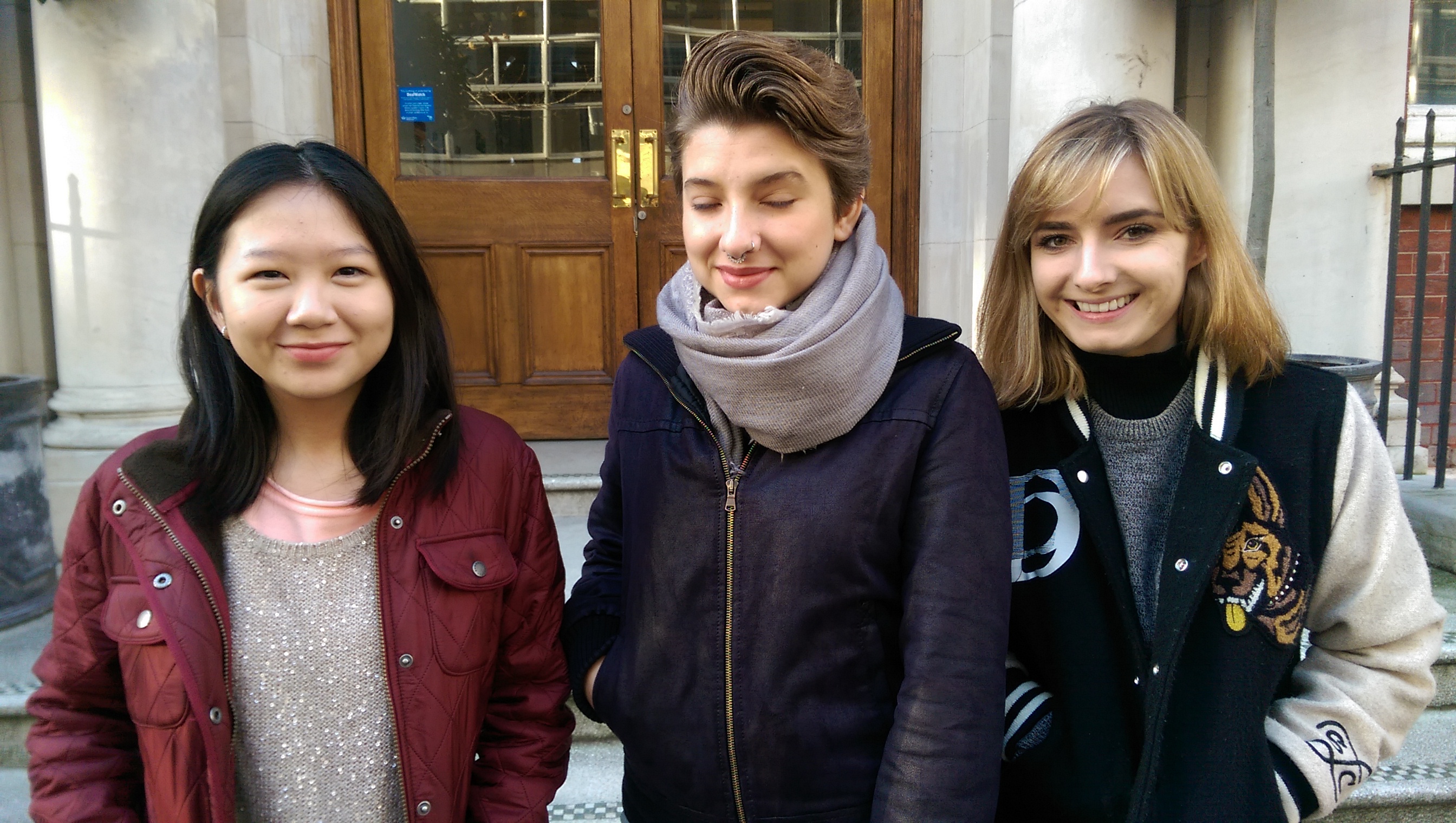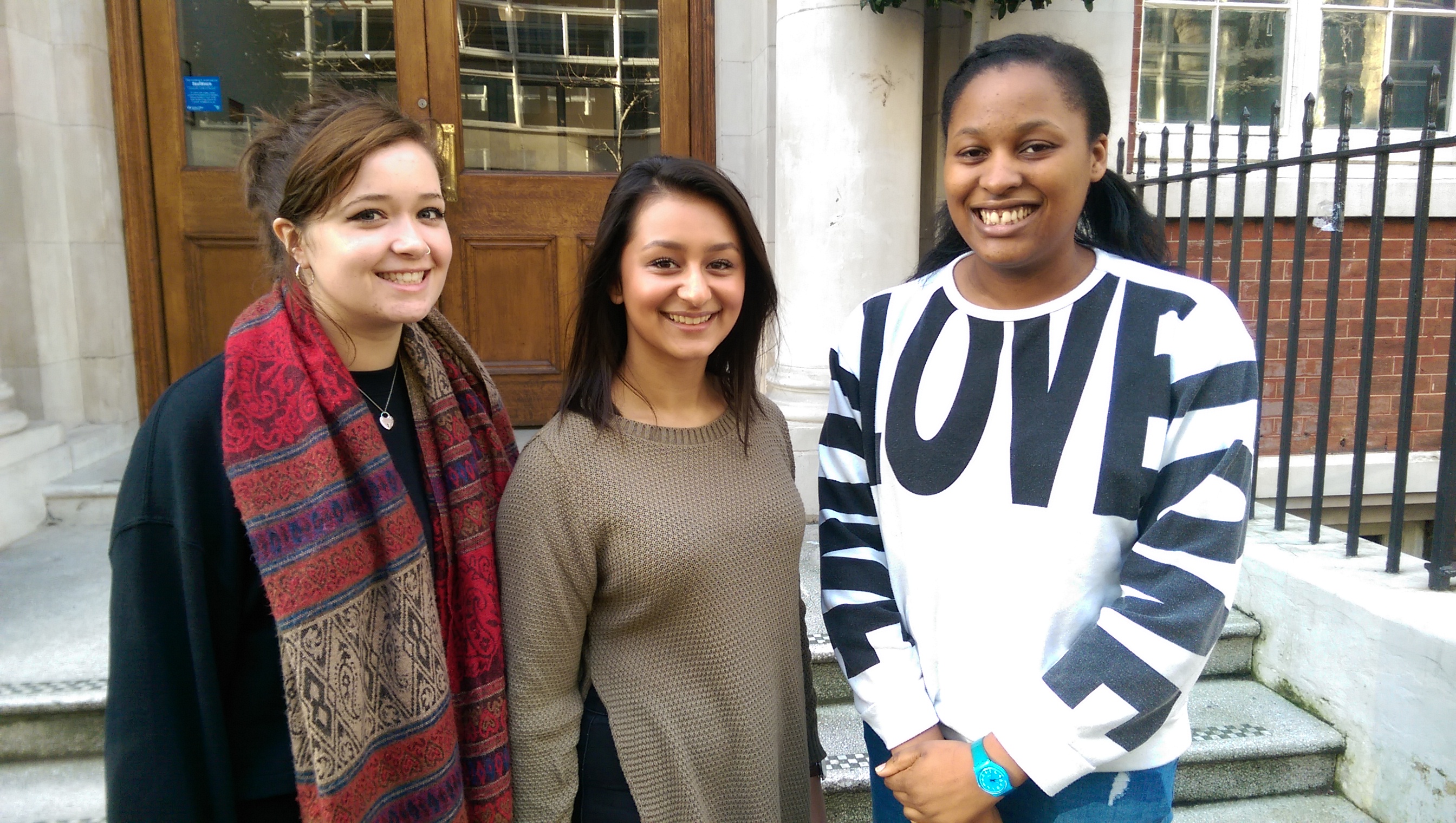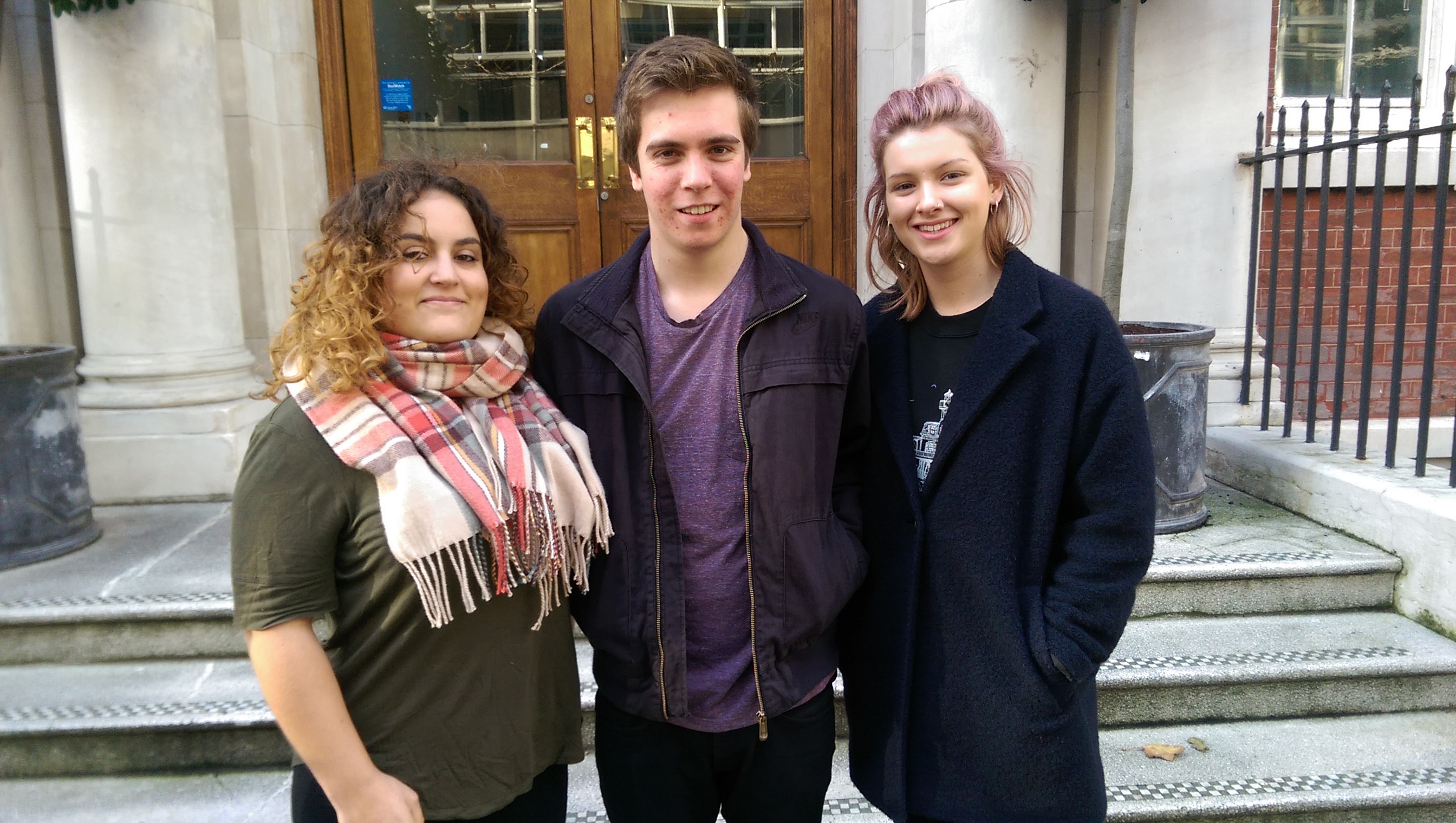Dimensions of bilingual acquisition and attrition: student project
The third-year students of the undergraduate module Multilingualism and Bilingualism 2018/19 have been working on a project which investigates dimensions of bilingual acquisition and attrition. The students worked in groups and interviewed either friends or family members about their experience as a bilingual. The content of each presentation below shows a wide array of different forms of individual bilingualism, with an emphasis on the reasons for which languages where acquired and/or lost. Participants also expressed their opinion on what is a bilingual and on whether or not they considered themselves bilinguals given their definition. Check out each presentation to find out more!
DISCLAIMER: these are unique student projects with their individual interpretation and presentation.
Kanraxël: School teaching resources
Professor Friederike Lüpke and her colleagues on the Crossroads Project have created a documentary film on multilingualism in Senegal, with lesson plans and essay titles relating to multilingualism, for use by school teachers (Key Stages 3, 4, and 5) in the subjects of Geography, Modern Foreign Languages, PSHE (Personal, Social, Health, Economic), Economics, and for students to explore themes beyond the national curriculum.
The materials are available here, free of charge: https://www.kanraxel.uk/schools
Kanraxël: University teaching resources
Professor Friederike Lüpke and her colleagues on the Crossroads Project have created a documentary film on multilingualism in Senegal, with modules, topics, and teaching materials relating to multilingualism, for use by university instructors teaching at Undergraduate and Masters level.
The materials are available here, free of charge: https://www.kanraxel.uk/university
Multilingual landscapes in East London: student poster
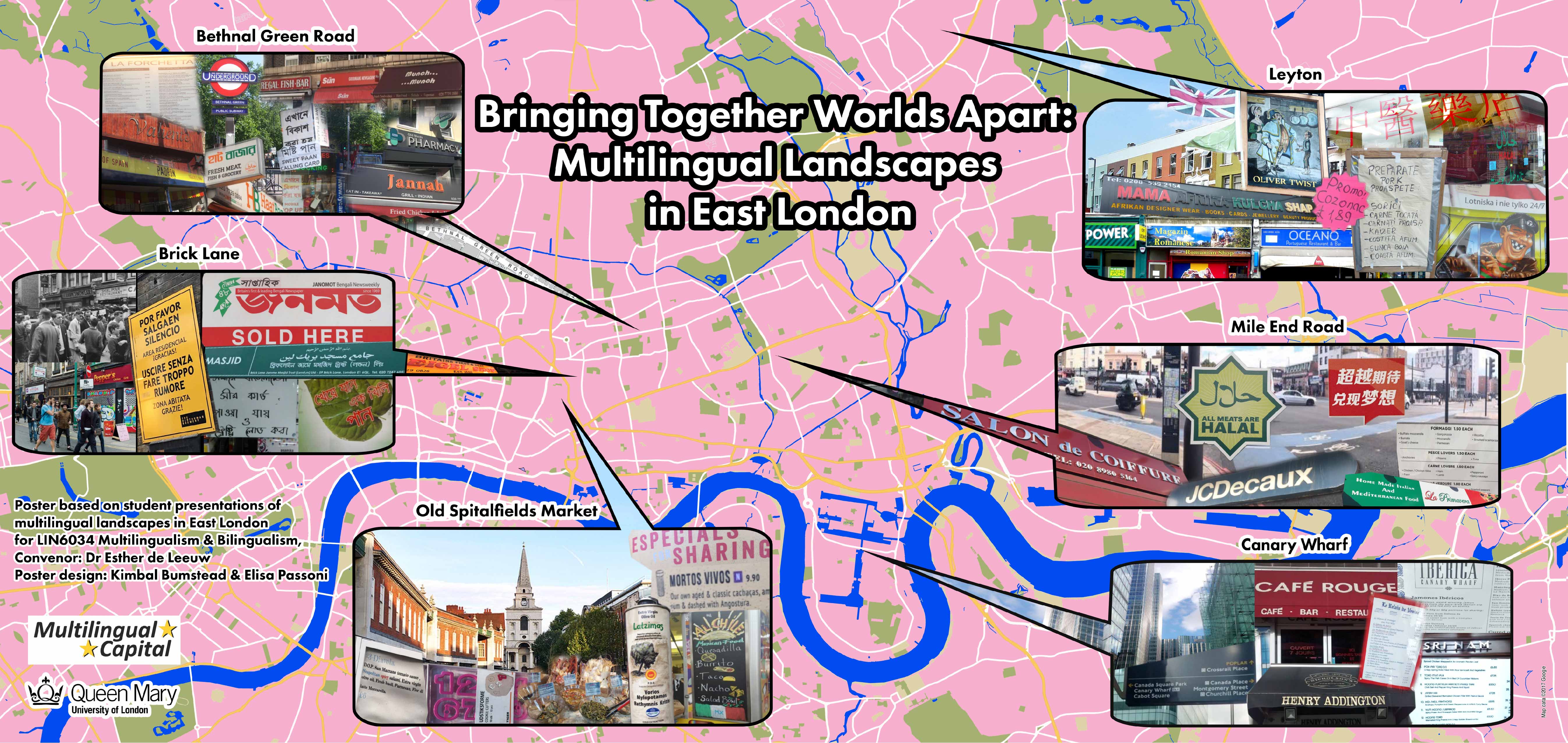
Students on our Bilingualism and Multilingualism course conducted projects in 2017 exploring the linguistic landscape (the visible use of languages) in different neighbourhoods of East London. This poster offers a snapshot of the sights and signs of East London both today and in history, in a part of London that has been multilingual for centuries.
Multilingual linguistic landscape of London boroughs: student project
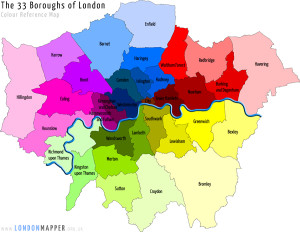
The third year students of the undergraduate module Bilingualism LIN6018 have been working on a project which investigates the multilingual linguistic landscape of London boroughs. The students worked in groups to compare and contrast multilingualism in different London boroughs, which are displayed in this map, made by London Mapper. The students used data from the census, which can be found summarised below, to illustrate the top ten languages in their chosen boroughs. They also took pictures of road signs in the boroughs, shop names, advertisements, and other signage. The purpose of this project was to examine, compare, and illustrate multilingualism across London.
Top 10 main languages spoken in London borough
Multilingual backgrounds at Queen Mary University of London: student podcast project
In the student portraits below, a wide array of different forms of individual bilingualism, multilingualism, and monolingualism are portrayed. In addition to English, which as students of English linguistics all students speak, many other languages are spoken by the students. These podcasts display language diversity at an individual level, as well as the extent of societal multilingualism which exists at Queen Mary University of London, and East London more generally. Listen to the podcasts to find out more.
|
Nusrat (left) speaks Bengali and Hannah (right) is learning Nepali. |
Genelle (far left) grew up in a Jamaican Patois environment. Christina (far right) is from Switzerland and speaks Swiss German. Loes (left) is originally from the Netherlands and speaks Dutch, whilst Jack (right) would like to learn Latvian. |
|
In clip above: Nusrat (left) and Hannah (right) In clip above: Aamina and Lizzie (not pictured) |
In clip above: Genelle (far left) and Christina (far right) In clip above: Loes (left) and Jack (right) |
|
Muhammad (far left) and Razzaq (far right) grew up with Bengali, and are learning Arabic. Joanne (left) and Kerrilyn (right) both consider themselves to be monolingual English speakers but learned some French in school. |
Shahjahan (left) speaks Bengali and he and Ridwanul (far left) are learning Arabic, mainly for religious reasons. Lucy (far right) learned some Spanish from her Spanish grandparents and Olivia (left) considers herself to be monolingual, but thinks it would be advantageous to learn Chinese. |
|
In clip above: Joanne (left) and Kerrilyn (right) In clip above: Razzaq (far right) and Muhammad (far left) |
In clip above: Lucy (far right) and Olivia (right) In clip above: Shahjahan (left) and Ridwanul (far left) |
|
Paloma (middle) is from Spain and speaks Spanish, Valencian and French. Rachel (left) speaks Chinese and Bryony (right) understands Japanese, German and French. |
Harisah (middle) speaks Urdu and Punjabi, while Olivia (right) considers herself to be monolingual, and Lucy (left) thinks there should be more pressure to learn other languages at school in England. |
|
In clip above: Rachel (left) and Paloma (middle) In clip above: Bryony (right) and Sophie |
In clip above: Olivia (right) and Annie In clip above: Lucy (left) and Harisah (middle) |
|
Charlotte (left) is from France and speaks French, whilst Georgina (right) wishes she had learned another language while growing up, and Jon (middle) learned French and Spanish at school. |
|
|
In clip above: Charlotte (left) and Georgina (right) In clip above: Jon (middle) and Fiona |
For the above project, the third year students of the module Bilingualism LIN6018 worked with partners and interviewed each other, drawing from a list of questions. These recorded interviews were given to another group (also two partners), and the new group shortened the recordings to make podcasts with the most relevant information (between 2 and 3 minutes). The new group then presented the shortened podcasts, created using Audacity software, to the class, and related the personal information in the podcasts to what we know about bilingualism and multilingualism more generally.
“Speaking two languages: Benefit or burden?”: interactive activity on bilingualism
These materials were developed as part of the ESRC Festival of Social Science (November 2013), led by Devyani Sharma.
Increased multilingualism in London is sometimes seen as problematic. Such concerns run counter to research indicating that bilinguals may enjoy advantages in areas such as cognition, employability, earnings, mental health, and cultural integration. The goal of this activity, which can be run in schools or community groups, is to link social science research on bilingualism to public discourses through a two-part, multi-generational workshop.
In part one, students (and parents if possible) complete an in-class or online survey that elicits:
- their beliefs, concerns, and attitudes about bilingualism;
- their own social and language background;
- the option to prepare a personal language narrative.
In part two, a researcher runs a workshop with the same group, presenting a summary of their reported beliefs and attitudes alongside research that either supports or challenges these views. The group discussion will explore the politics, research, and personal realities of bilingualism. Teaching materials and outcomes will be developed and shared publicly, with the possibility of repeating the activity in further venues.
Activity materials:
